Before I start, let me remind you of my anniversary contest going on – do enter to win cash prizes. Contest is open to everyone around the world. To win $100 (Rs 5000 appx), make a new post and for rules please click here. To win a cash prize of $20, simply leave a message in my Anniversary post.
It’s time for North vs South Challenge!! This series is a challenge from Divya from Youtoocancookindian.com where two teams – North and South – challenge each other to prepare dishes ethnic to their region in India.
Those who are not aware of the fine nuances of Indian cooking, let me give you a rough sketch. India has always been exceptionally diverse when it comes to food. Divided culturally and politically into 35 States and Union territories, many factors shaped the cuisine in each of these states.
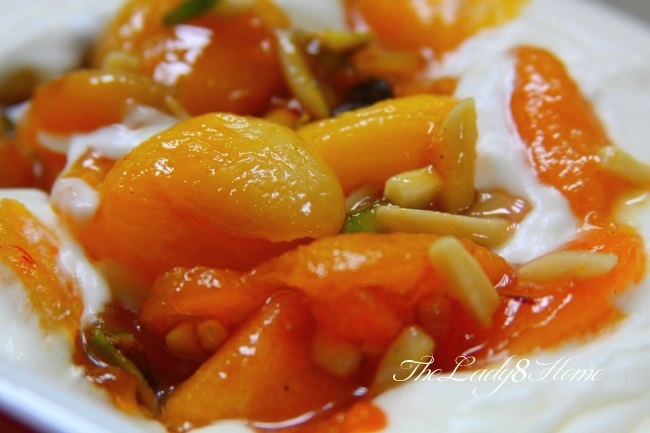
Climate, soil type, religion, tradition, culture, tribal influence, invasions from all over the world, spice trade, silk route – the influences are mind-boggling. Believe it or not, each state has a unique culinary expertise to boast of, and they can differ from their neighboring state like chalk does from cheese. For example, in the North, the tribes in the State of Nagaland have nothing in common with the folks in Punjab – not one thing. Similarly, down South, Goa and Tamil Nadu differ in food preparation almost as much, if not more.
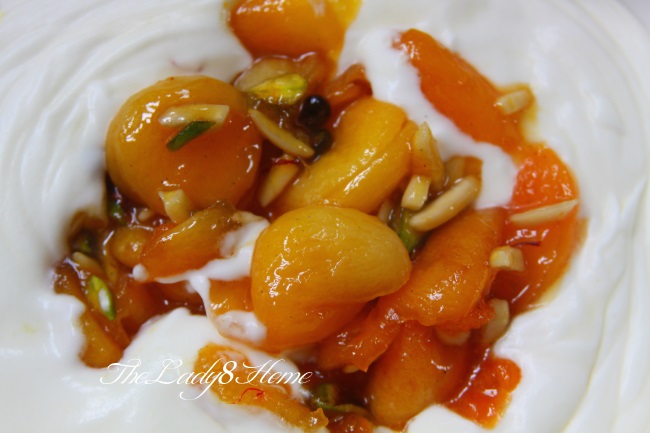
This month’s SNC challenge for the Northern team is for a sweet from the state of Andhra Pradesh in India. It’s called ‘Qubani ka meetha’ or ‘Apricot compote’, given by Roha, from Hyderabadi Cuisine
Andhra Pradesh (will be referred to as AP hereafter) boasts of history and culture that is almo
st 4000 years old. Ruled by most powerful of kings in the history of India, AP underwent many cultural and social transformations throughout the centuries.
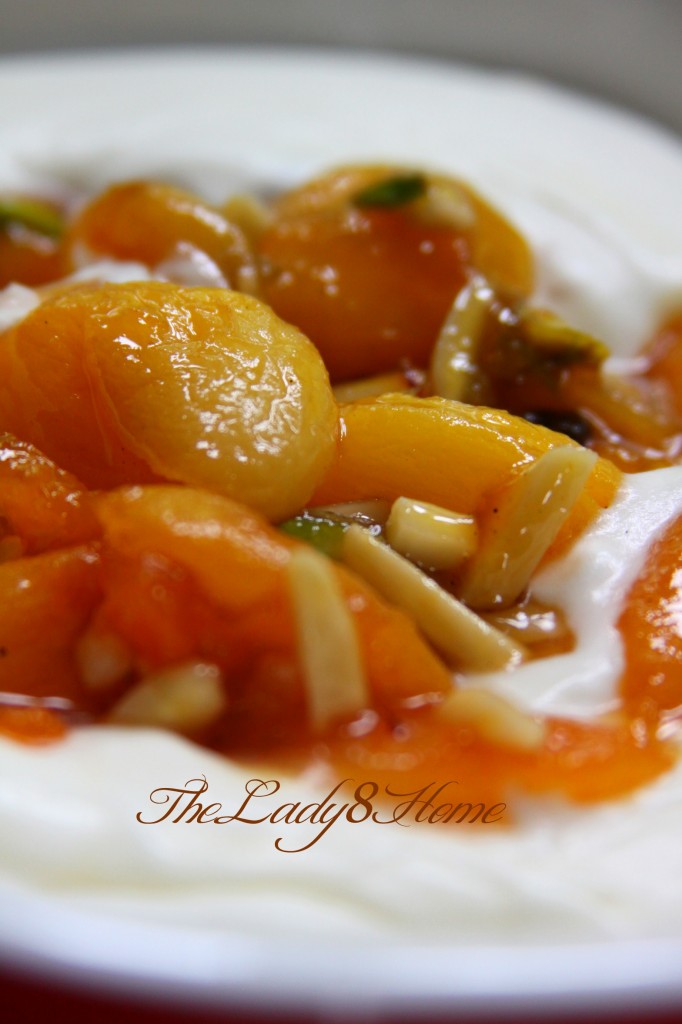
It is possibly the only Indian state, other than Delhi, that has seen prosperity throughout the 5000 year old history of India. 3rd century BC saw the mighty Mauryans who, according to the famous traveler Magasthenes’ account, had three fortified towns and an army of more than 100,000 people besides having naval and cavalry strength.When the Normans in England were just learning to become civil human beings and Henry 1st was trying to lay down some rules of governance in a madcap society, AP was flourishing socially, culturally, and economically under the Chola dynasty, and then under the Vijayanagar kings like Raja Krishna Dev Raya.When India got independence in 1947 from the British sovereignty, the then ruler of Hyderabad – known as Nizam of Hyderabad – was proclaimed to be the richest man in the world by Time Magazine, his net worth being 2% of the US economy back then.
With a solid economy, vibrant social life and infusion of ethnicity from different parts of the world, Hyderabad became a magnate for cultural development. Food being an integral part of any social fabric, gained the most. It’s geography too helped – the state has the second longest coastline in India, and is bordered by states that are as different from each other in their social and cultural makeup as pepper is from sugar. The range of influence from the Buddhist to the Hindu kings to the British and of course, the Mughals has seen Hyderabadi cuisine go from strength to strength. The Nizams developed a unique style that amalgamated Mughal, Turkish, Arabic influences with native cuisine that already had a rich heritage as mentioned above.
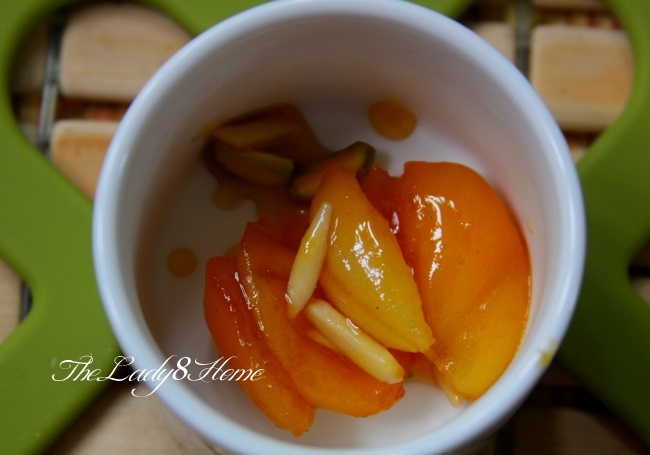
Once we were travelling from somewhere to somewhere. I was too young at that time to remember the originating and the destination place. What I do remember is this Aunty from South India who was ‘Hindi’ and ‘English’ ille (a south Indian word for do not know),but was carrying amazing food with her that she offered to us. I remember nibbling on the idlis, and she also had some sweets that were unlike any I had ever tasted. Those were still the days when accepting food from complete strangers was not considered dangerous – that happened when gangs of men and women disguised as passengers offered sedative laced food to fellow passengers and then scurried away with all their belongings. But that is another story, I digress.
Coming back to North vs South challenge, this sweet dish reminded me of that long ago train ride, possibly the time when I really fell in love with the food of the people whose language I could not understand. ‘Qubani’ means apricot in Urdu, and ‘meetha’ means ‘sweet. It’s also one of the easiest desserts that I have ever made, and also one of the tastiest. I had never eaten this before, so it is such a pleasure to add an entirely new dish to my dessert repertoire that is a surefire hit with not only adults but kids as well.
To make ‘Qubani ka Meetha’ or ‘Apricot Compote’ flavored with spices and garnished with nuts, you need:
Dried Apricots soaked in water. (Add at least 3 times the water, I added twice as much as the apricots, and it was less)
Keep them overnight, and they will puff up to nice, smooth balls.
(I used dried and pitted apricots. If the apricots have pits, this is the time to drain and pit them. Reserve the pits to later add them as garnish. I didn’t have any, so I skipped this step. To know how to get the seed out of the pits and add as a garnish, please click here).
Now, transfer the apricots and the water to a non-stick pan.
Bring to a boil, and then simmer for 15 minutes. Then add sugar, lemon juice, saffron and crushed cardamom.
Keep simmering. Add some milk or water to prevent the apricots or the juice from sticking to the pan. Mash them so that they start becoming mushy.
Cook until they are soft, mushy and glazed. Add the nuts – almonds, pistachios and apricot pits if you have them.
Eat them hot or cold.
Normally this is eaten with malai – the cream of milk that forms after boiling it. But that is a long process. So I made a cardamom-saffron mousse and used it as a bed to serve this luscious apricot compote on.
To make the mousse:
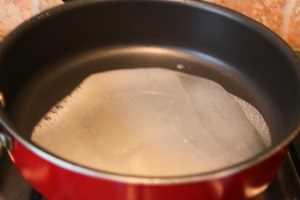
Heat sugar and water
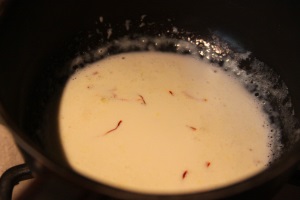
Heat cream with saffron and cardamom powder
Serve chilled.
This post is a part of South vs North Challenge and I am participating on behalf on Northern team.
- ½ Cup Dried Apricots
- 3 tbsp Sugar- As per taste
- 2 Crushed Green Cardamom( Elaichi)
- 1 tsp Lemon juice
- ¼ cup milk or water
- Apricot kernels (if you have them)
- Slice of roasted and blanched Almonds and Pistachios
- 1 pinch Saffron threads (optional)
- 1 Edible Silver leaf (Warq) (Optional) - this is a fine Indian silver leaf used in Indian desserts.
- ½ Cup Malai or Thick Cream or Whipped Cream or Mousse
- ½ cup sugar
- ¼ cup water
- ⅓ cream plus ½ cup cream to whip later
- a pinch of saffron
- 1 pinch of cardamom
- Soak dried apricots overnight.
- When they puff into smooth balls, strain them, reserving the water.
- Pit the apricots.
- Transfer the apricots along with soaked water to a non-stick pan.
- Bring to a boil, and then stew for 15 minutes.
- Add sugar. Keep stirring. Mash to make the apricots pulpy.
- Add lemon juice to prevent caramelizing.
- At this stage, add ¼ cup milk to prevent the compote from sticking.
- Now add cardamom powder and saffron. Stir well.
- Add the slivered nuts.
- Chill.
- Heat sugar and water. Do not stir. Let it simmer till the sugar starts dissolving. This will take about 5 minutes.
- In a separate pan, heat ⅓ cup cream. Add saffron and cardamom powder. Bring to a boil, stir, and switch off the flame.
- Stir the sugar and water once, gently with a batter scraping spatula. It should take on a slight caramel hue.
- Add warm cream. Stir till dissolved.
- Now add butter.
- Stir till well dissolved, smooth with no lumps.
- Transfer to a bowl, and let it cool down and then chill it for 15 minutes.
- Whip ¼ cup of cream till it's double in quantity.
- Add the chilled sugar syrup to the cream, and whip till it forms soft peaks.
- Transfer to a dish and chill for 4 hours.
- Serve with apricot compote or other fruits.

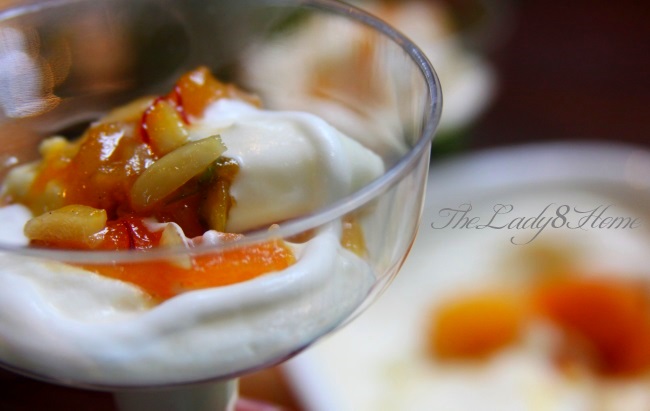

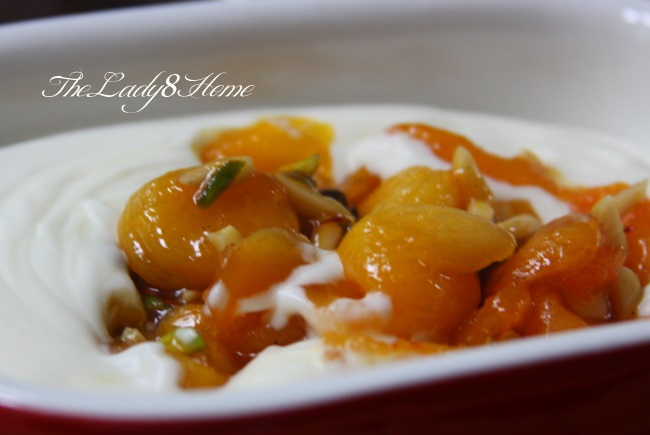
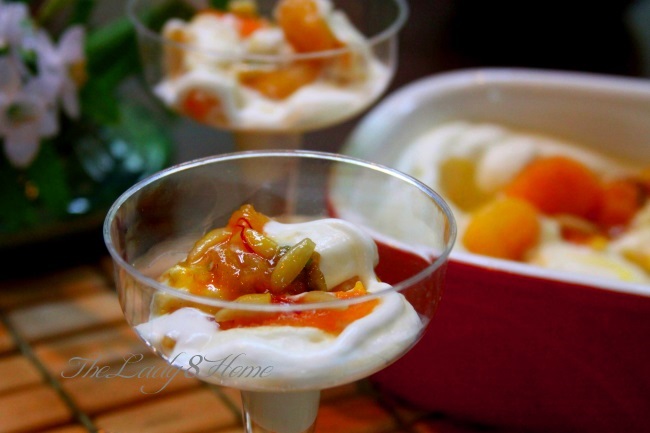
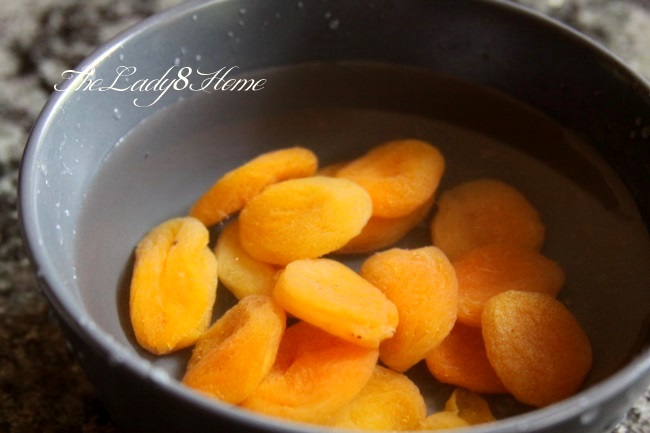
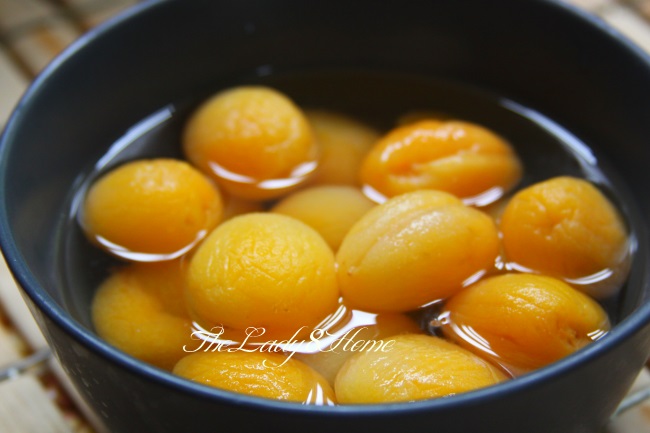
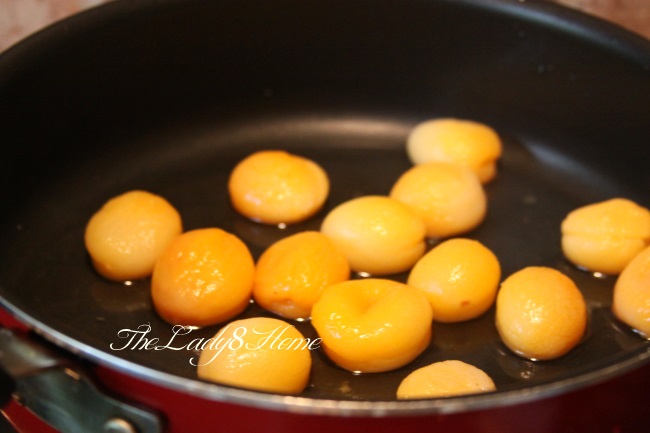
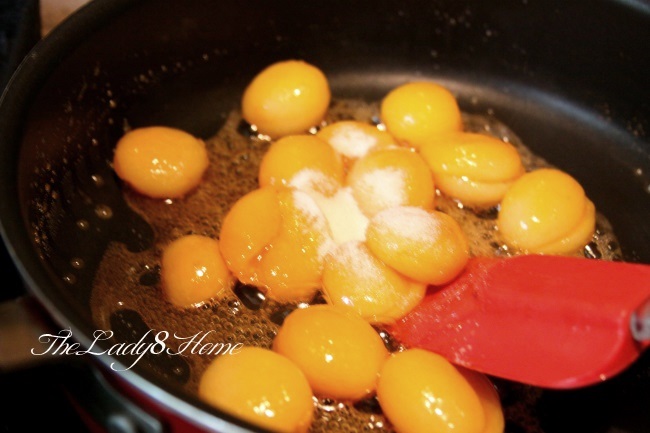

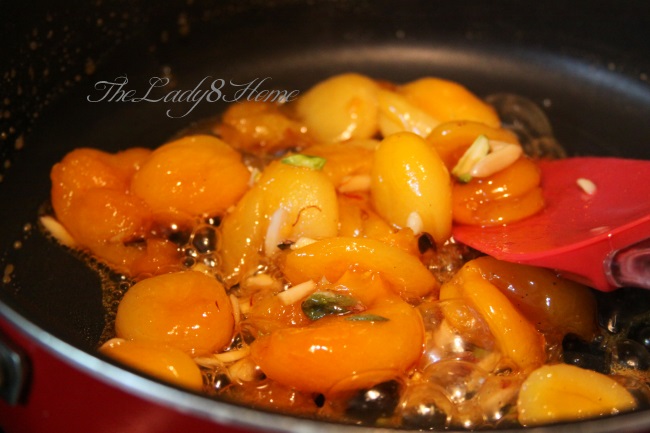
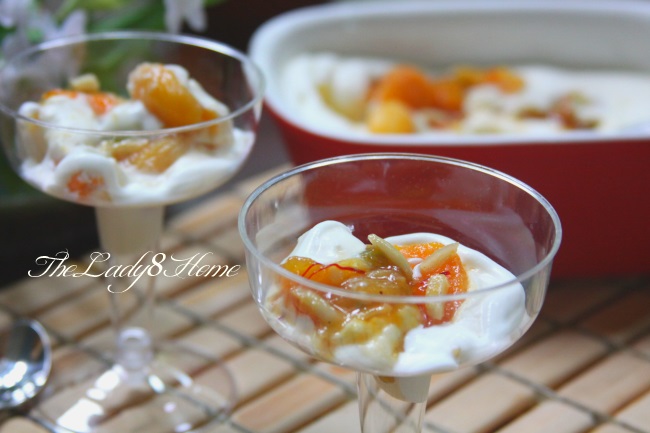
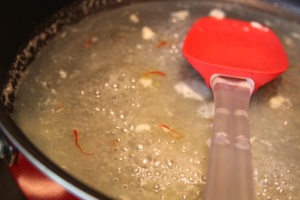
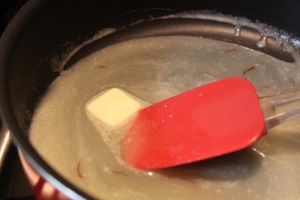
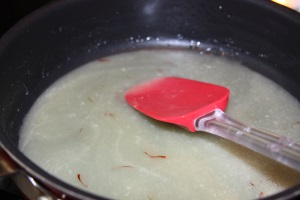
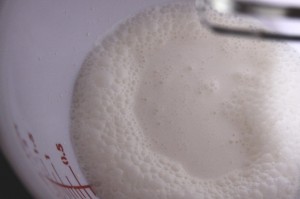
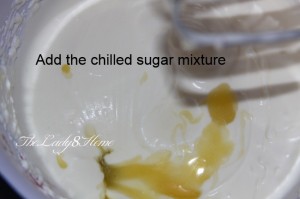
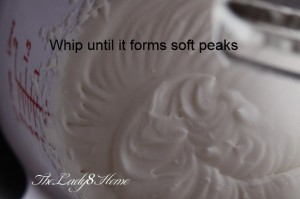
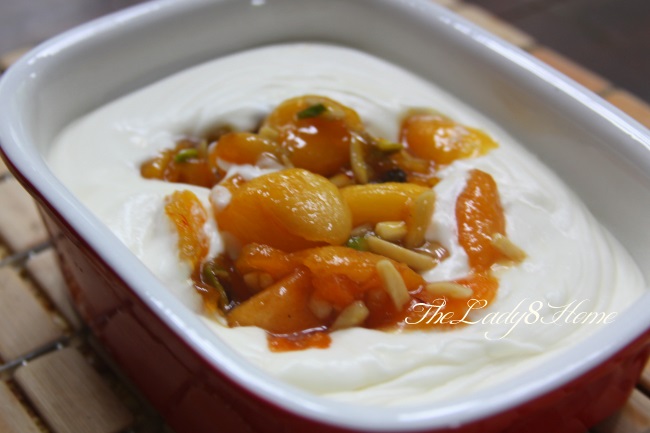

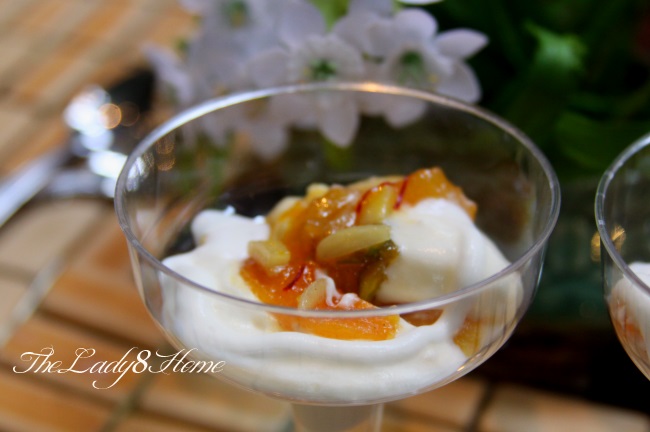
58 comments for “Qubani ka Meetha – this is from Hyderabad”